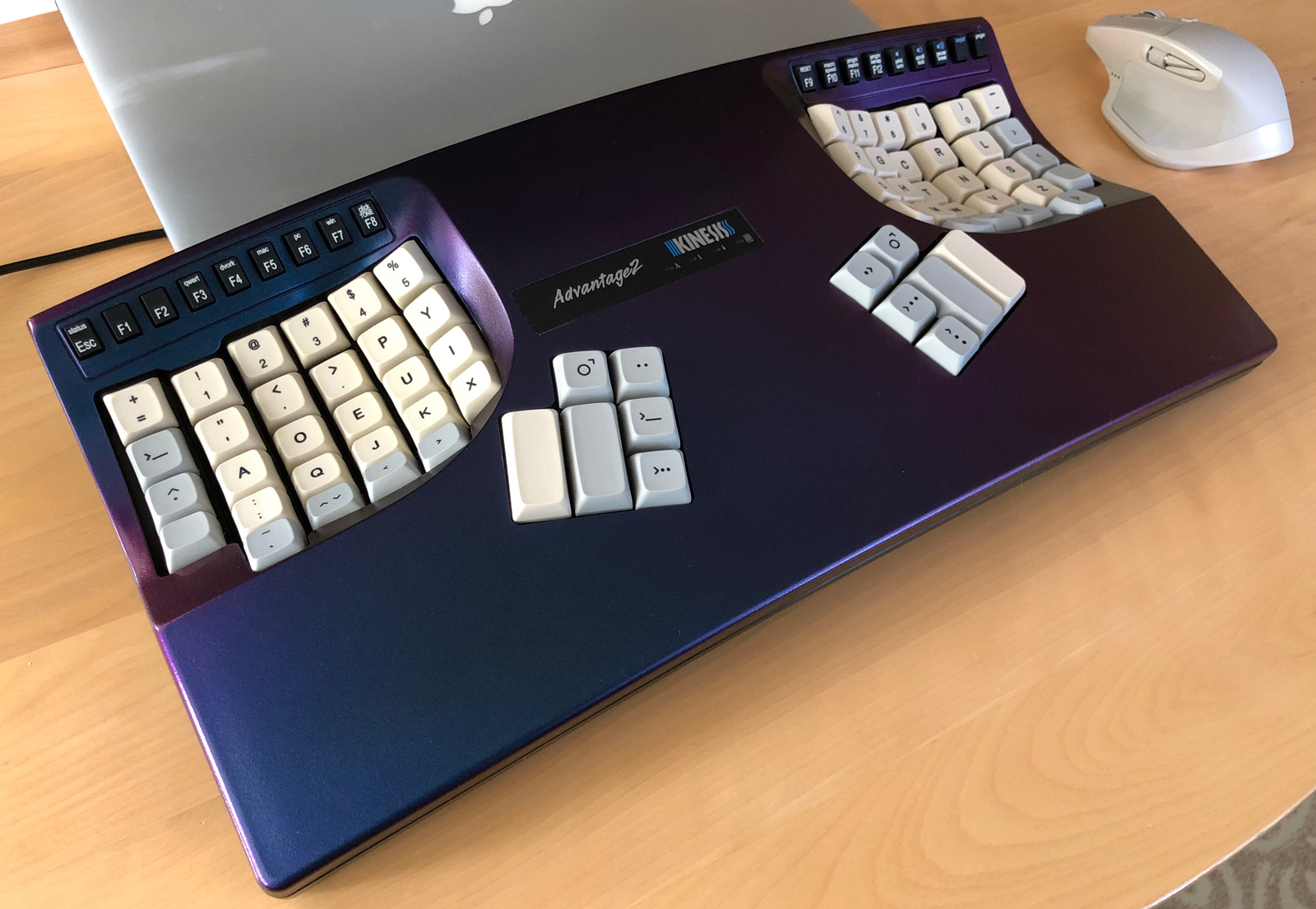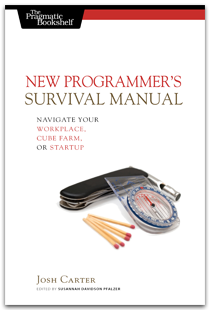Spring is upon us – albeit intermittently in Colorado – and the motorcycles are out, including mine. I started riding last October, and I started the best way possible: with a class.
Following is my experience with the MSF BasicRider course, including details on what we did, and what I got from it. I strongly encourage any motorcyclist, total newbie or experienced, to take this class. Heck, even if you’re just looking for something to do over a weekend, this is great fun in addition to being useful.
Quick background on why I got started motorcycling: a good friend of mine, Jeb Bolding, has been riding motorcycles for years, and it sure looked fun. He was encouraging me to check it out. Plus I was a hard-core bicycle rider for years, but I mostly stopped riding after moving to Colorado. Would motorcycles be as fun as a bicycle, just without the pedaling? I had to find out.
Day 0
My class was offered by ABATE of Colorado, an organization founded to promote rider education, and hosted by a local community college. I believe most MSF BasicRider courses follow a similar format to ours. We started on a Friday night in the classroom. There’s a standard workbook plus videos, where we’d study a couple of pages, then watch a video segment. The acting in the videos was cheesy at times, but overall things stayed interesting. Plus we each introduced ourselves to the class, stating our background with motorcycling and reason for attending the class.
I was surprised to be one of the very few there with no prior riding experience. About half of the 15 person class had been riding for some time–17 years in one case–without a motorcycle license. One had a learner’s permit but had crashed three times already. I don’t think anyone else had crashed, at least nobody admitted it. Reasons for being in the class were universal: people wanted to learn “for real” and ride legally.
Day 1
Saturday morning was where the fun started. The motorcycles were mostly Honda Nighthawk 250cc, small cruiser/naked style bikes that were very approachable. I used the open-face helmets they had available, and the rest of my gear was piecemeal: heavy canvas pants, bicycling jacket, combat boots, and motorcycle gloves purchased the day before.
Exercises started with basics we had covered in the classroom the night before: turning on the motorcycle, shifting gears (while stopped), and figuring out how the heck to find neutral. Hint: go to second, then half-click down. I couldn’t reliably shift to neutral from first. Then came the fun part: getting moving.
Well, sort of, anyway. We started in first, then let out the clutch just to the point where the bike started to move forward. Starting with our feet on the ground, weighted on the heels, we rocked the bikes forward under power until our weight was on our toes, then pulled in the clutch again and rocked back to our heels. This definitely helped get the feel for the clutch without getting in trouble.
Not long after, we were riding across the parking lot, stopping, then walking the bike around a turn and motoring back the other way. Then we proceeded to turning using counter-steering, and more shifting.
This really doesn’t sound like fascinating stuff, does it? But I was having more fun that I could have imagined. Riding even a wimpy 250cc motorcycle is very different than riding a bicycle; it’s a unique pleasure that would require a much better writer than me to describe. By lunchtime I could feel motorcycling getting into my blood.
Later in the afternoon we went back to the classroom for more book/video/discussion study. This covered riding in traffic and related topics. Good stuff, to be sure, but had already done my homework on that by reading Proficient Motorcycling and its sequel. I wanted to ride!
Day 2
The next morning we started with the most difficult exercise of the course, in my book. We rode the bike into a box marked out with cones, and had to turn a tight figure-8 within the box. I did half-decent the first time, then went downhill. I don’t think I ever stayed fully in the box, and the instructor’s advice wasn’t helping me. Personally, I think we should have started by repeating one of yesterday’s exercises just to get back the feel for the bike. Starting the morning with a very technical drill was not the best confidence builder.
The day proceeded with turn lines, signaling and executing lane changes, quick stops, swerving, riding over small obstructions (2x4’s), and other essential skills. I got these quickly and felt solid with them.
Then came the riding test. After this and the written test, I’d get a certificate I could take to the DMV and get a motorcycle endorsement on my license. The test consisted of a small set of core skills: quick stop, figure 8, following a curve with the correct turn line, and one other that has slipped my mind. I got perfect marks on all but the figure 8, which I couldn’t keep in the box, as expected. (I have since drilled this on my bike and nearly mastered it.) The classroom test was multiple-choice, and I got a perfect score. The certificate was mine. All my classmates passed as well.
Afterward
Sure enough, motorcycling is in my blood. The next month, sans motorcycle, was painful indeed. I was elated when I finally bought my BMW F650GS in November. Every time on the bike is pure joy; there’s just nothing like it. Even freezing my butt off through the Colorado winter has been fun. But the key is starting from a position of solid training, and that’s exactly what the MSF/ABATE class provided.





Share this post
Twitter
Google+
Facebook
Reddit
LinkedIn
StumbleUpon
Pinterest
Email